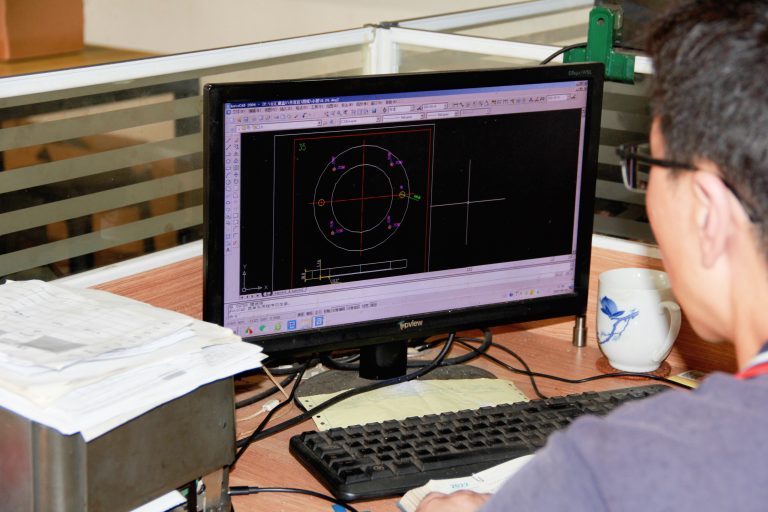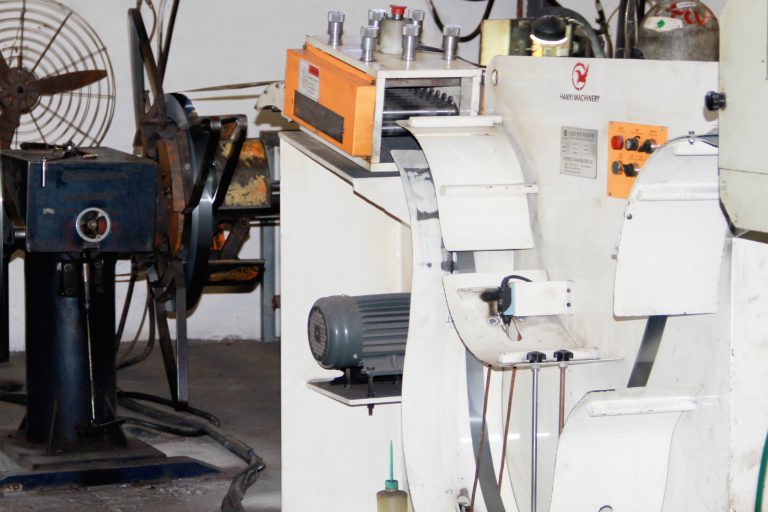Table of Contents
Introduction:
Welcome to the realm of Rotor Efficiency Testing, a critical aspect of ensuring optimal performance in various industries. In this article, we delve into the nuances of this essential process, exploring its significance, methodologies, and the impact it can have on overall efficiency.
Understanding Rotor Efficiency Testing
Rotor Efficiency Testing Explained
Embark on a journey to understand the core principles of Rotor Efficiency Testing. Uncover how this process assesses and refines the efficiency of rotors, contributing to enhanced performance and longevity.
The Importance of Rotor Efficiency
Delve into why Rotor Efficiency Testing holds a pivotal role in industries reliant on rotating machinery. Explore its impact on energy consumption, cost-effectiveness, and the overall sustainability of operations.
Signs It’s Time for Rotor Efficiency Testing
Recognize the signals that indicate the necessity for Rotor Efficiency Testing. From subtle performance issues to potential risks, understanding when to initiate testing is key to preventing critical failures.
Methods of Rotor Efficiency Testing
Dynamic Balancing: A Key Component
Explore the significance of dynamic balancing in Rotor Efficiency Testing. Uncover how this method contributes to minimizing vibrations, reducing wear and tear, and ultimately extending the lifespan of rotors.
Vibration Analysis in Rotor Efficiency Testing
Dive into the world of vibration analysis and its role in evaluating rotor efficiency. Learn how this method detects irregularities, enabling proactive maintenance and preventing catastrophic failures.
Thermal Imaging Techniques
Discover the application of thermal imaging in Rotor Efficiency Testing. Understand how this innovative method identifies potential issues related to heat dissipation, ensuring optimal rotor performance under various conditions.
Rotor Efficiency Testing in Practice
Real-world Applications of Rotor Efficiency Testing
Gain insights into how industries apply Rotor Efficiency Testing in their day-to-day operations. From manufacturing to renewable energy, explore real-world scenarios showcasing the impact of efficient rotors.
Challenges and Solutions in Rotor Efficiency Testing
Navigate through the challenges faced during Rotor Efficiency Testing and explore effective solutions. From diverse rotor types to environmental factors, discover strategies for overcoming obstacles in the testing process.
FAQs: Unveiling Common Queries
How often should Rotor Efficiency Testing be conducted? Routine testing is advisable, typically annually, but frequency may vary based on usage intensity and industry standards.
Can Rotor Efficiency Testing prevent unexpected breakdowns? Yes, by identifying potential issues early, Rotor Efficiency Testing acts as a preventive measure, reducing the likelihood of unexpected breakdowns.
Are there industry-specific considerations for Rotor Efficiency Testing? Absolutely, different industries may have unique requirements, and Rotor Efficiency Testing should be tailored accordingly.
What role does lubrication play in Rotor Efficiency Testing? Proper lubrication is crucial; it minimizes friction, reducing wear and tear, and positively impacting overall efficiency.
How long does a typical Rotor Efficiency Testing session take? The duration varies based on the complexity of the rotor and the testing methods employed, ranging from a few hours to a day.
Is Rotor Efficiency Testing applicable to both small and large-scale machinery? Yes, Rotor Efficiency Testing is adaptable and beneficial for machinery of all scales.
Conclusion:
In conclusion, Rotor Efficiency Testing emerges as a cornerstone in the pursuit of optimal rotor performance. Its multifaceted methods and applications make it an indispensable tool for industries aiming for efficiency, reliability, and sustainability.



